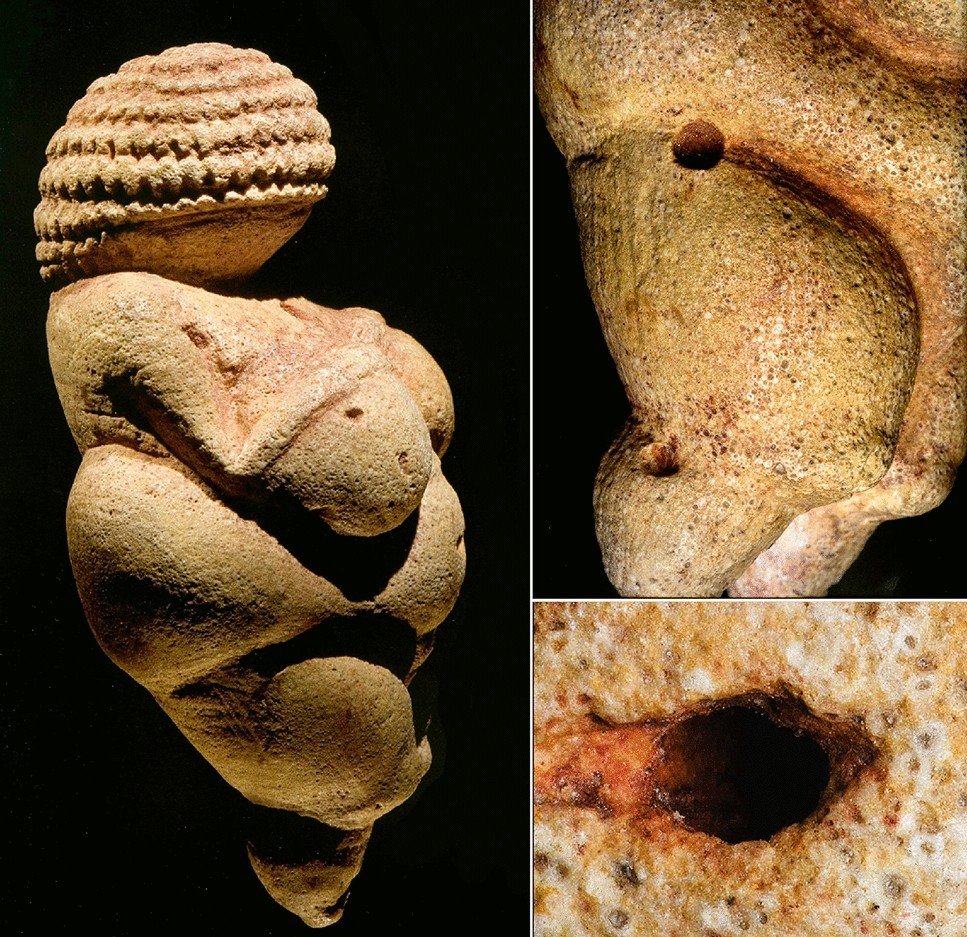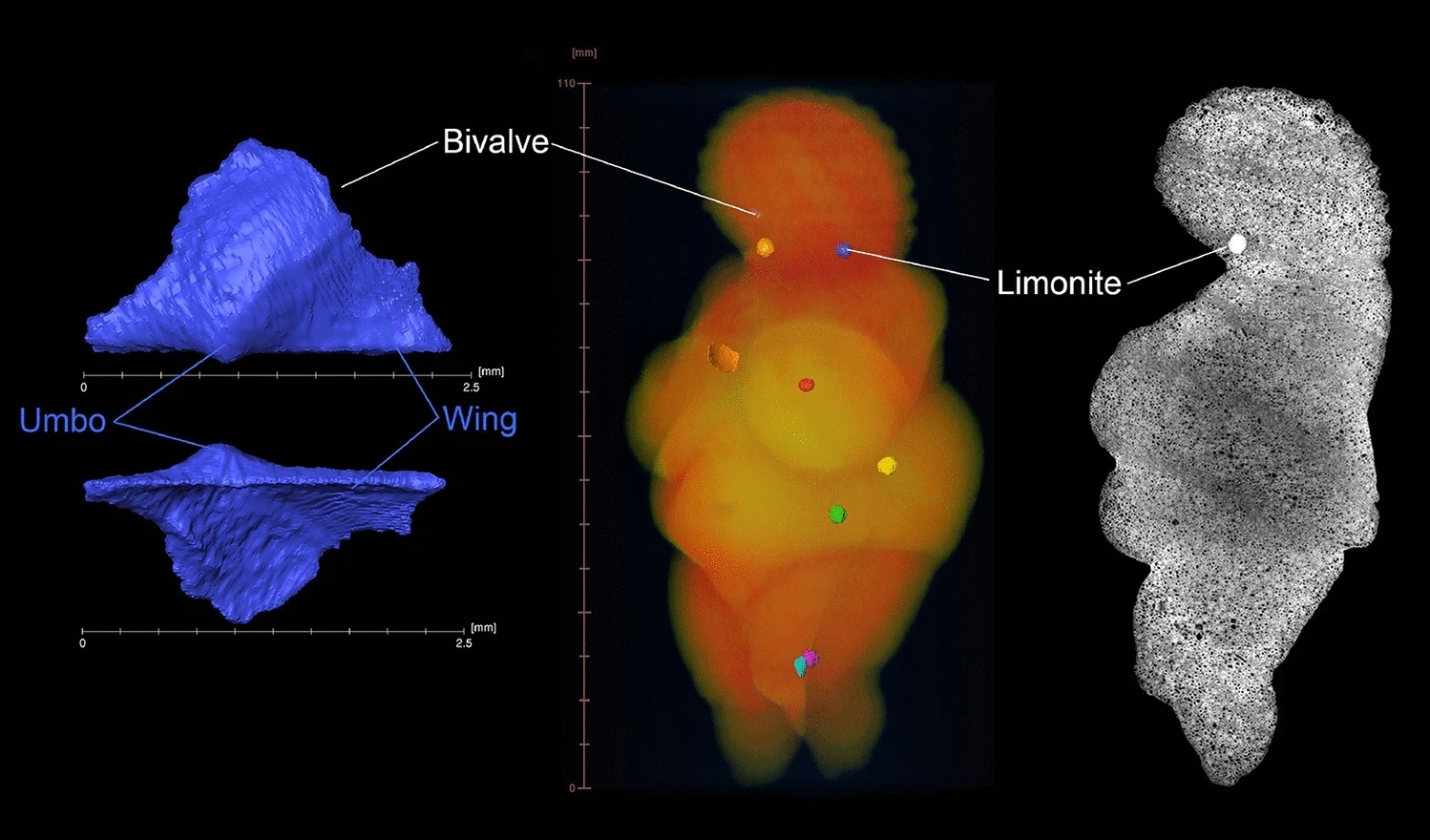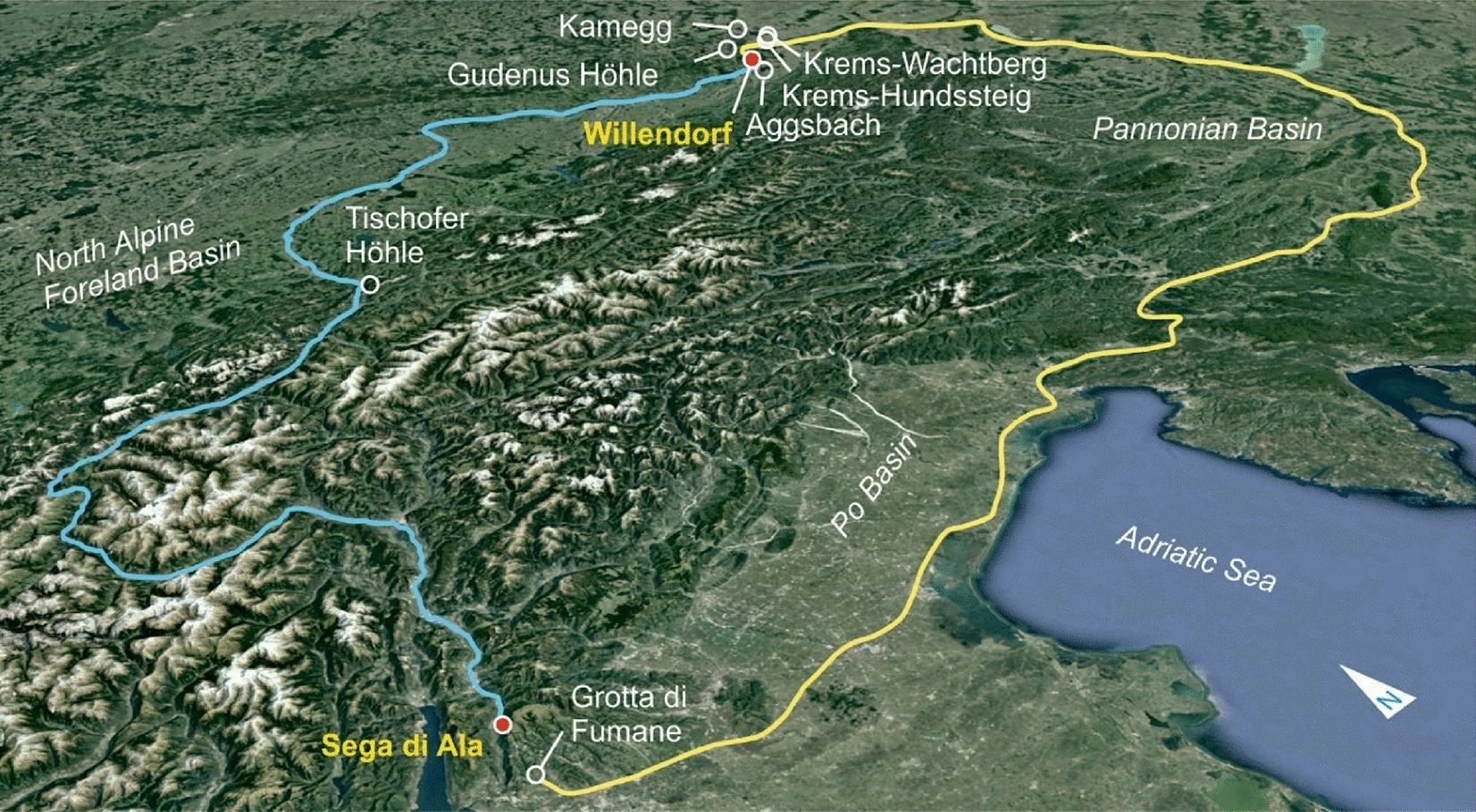For many years, the Venus Of Willendorf figurine has been captivating scientists. This statuette fashioned approximately 30,000 years ago is one of the oldest examples of art depicting humans and has been attributed to the Upper Paleolithic period, crafted by nomadic hunter-gatherers.

In 1908, during an excavation near the village of Willendorf in Lower Austria, the 11.1-centimeter-tall (4.4 in) figurine known as the ‘Venus of Willendorf’ was found. The representation of overweight or pregnant women, which are present in many art history books, was for a long time interpreted as symbols of fertility or beauty.
At the University of Colorado School of Medicine, Richard Johnson, MD said in 2020 that he had acquired enough data to assist in unraveling the enigma surrounding the Venus of Willendorf figurine. According to Johnson, the key to understanding the statutes lies in climate change and diet.
“Some of the earliest art in the world are these mysterious figurines of overweight women from the time of hunter-gatherers in Ice Age Europe where you would not expect to see obesity at all,” said Johnson. “We show that these figurines correlate to times of extreme nutritional stress.”
A research team, headed by anthropologist Gerhard Weber from the University of Vienna, and comprised of geologists Alexander Lukeneder and Mathias Harzhauser, and prehistorian Walpurga Antl-Weiser from the Natural History Museum Vienna, has used high-resolution tomographic images to discover the material from which the Venus was carved likely came from northern Italy. This remarkable find highlights the mobility of the early modern humans between the northern and southern parts of the Alps.
The Venus figurine, which is 30,000 years old, is crafted from oolite, a type of rock not found in the vicinity of Willendorf. The Venus von Willendorf is unique not only in terms of its design but also in the material used to create it. Other Venus figures are commonly formed from ivory, bone, or various stones, yet the Lower Austrian Venus was formed from oolite, making it an exception among cult objects.
In 1908, a figurine was discovered in the Wachau and is now on display in the Natural History Museum of Vienna. However, until now, it has only been studied from the outside. Anthropologist Gerhard Weber from the University of Vienna has now employed a novel approach to examine its insides: micro-computed tomography. The scans have a resolution of up to 11.5 micrometers, which is usually only seen through a microscope. The first finding is that “Venus does not look uniform at all on the inside. A special property that could be used to determine its origin,” says the anthropologist.
Alexander Lukeneder and Mathias Harzhauser from the Natural History Museum in Vienna, who had previously worked with oolites, were joined by a team to analyze and compare samples from Austria and Europe. A complex undertaking, the team obtained rock samples from France to eastern Ukraine, from Germany to Sicily, cut them up, and analyzed them under a microscope. The analyses were made possible due to funding provided by the state of Lower Austria.
The inside also gives information about the outside
Tomographic data from Venus indicated that the sediment deposits in the rocks varied in terms of size and density. Along with these, small pieces of shells and six bigger, denser grains called ‘limonites’ were also found. This explains the hemispherical cavities of identical size on the surface of Venus: “The hard limonites probably broke out when the creator of the Venus was carving it,” explains Weber. “In the case of the Venus navel, he then apparently made it a virtue out of necessity.”
Another finding: The Venus oolite is porous because the cores of the millions of globules (ooides) of which it is comprised had dissolved. This made it a desirable material for a sculptor 30,000 years ago, as it is easier to work with. A small shell, only 2.5 millimeters in length, was also discovered and dated back to the Jurassic period. This excluded the possibility of the rock being part of the Miocene geological era in the Vienna Basin.
The researchers thoroughly examined the grain sizes of the other samples. They used image processing programs and manually counted and measured thousands of individual grains. None of the samples within a 200-kilometer radius of Willendorf even remotely matched. The analysis showed that the samples from the Venus were statistically identical to the ones from northern Italy near Lake Garda. This is incredible, implying that the Venus (or its material) began its journey from the south of the Alps to the Danube north of the Alps.
“People in the Gravettian – the tool culture of the time – looked for and inhabited favorable locations. When the climate or the prey situation changed, they moved on, preferably along rivers,” explains Gerhard Weber. Such a journey could have taken generations.

A few years ago, researchers simulated one of two potential routes from south to north, taking a path around the Alps and into the Pannonian Plain. The other direction, however, would have been through the Alps, though it is uncertain if this was possible more than 30,000 years ago due to the deteriorating climate at that time. This alternative would have been highly unlikely if there had been continuous glaciers then. Except for 35 km at Lake Reschen, the 730 km long journey along the Etsch, Inn, and the Danube had always been below 1000 m above sea level.

Possible, but less likely, connection to eastern Ukraine
The data indicates that northern Italy is the source of the Venus oolite rock. However, there is another potential origin in eastern Ukraine, more than 1,600 kilometers away from Willendorf. The samples do not match as precisely as those from Italy, but better than any other. What’s more, Venus figures were located in southern Russia close by, which are slightly younger but appear quite similar to the Venus found in Austria. Additionally, genetic results reveal that people in Central and Eastern Europe were linked to each other during that period.
The exciting story of the Lower Austrian Venus could be continued. At present, only a handful of scientific studies have examined the existence of prehistoric humans in the Alpine region and with their mobility. The renowned “Ötzi” for instance, dates back to 5,300 years ago. With the aid of the Venus results and the new Vienna-based research network Human Evolution and Archaeological Sciences, in collaboration with anthropology, archaeology, and other disciplines, Weber intends to shed more light on the early history of the Alpine region.
The study was originally published in the journal Scientific Reports on February 28, 2022.
After reading about the Venus Of Willendorf, read about Could the 5,000-year-old mysterious Vinča figurines actually be evidence of extraterrestrial influence?



